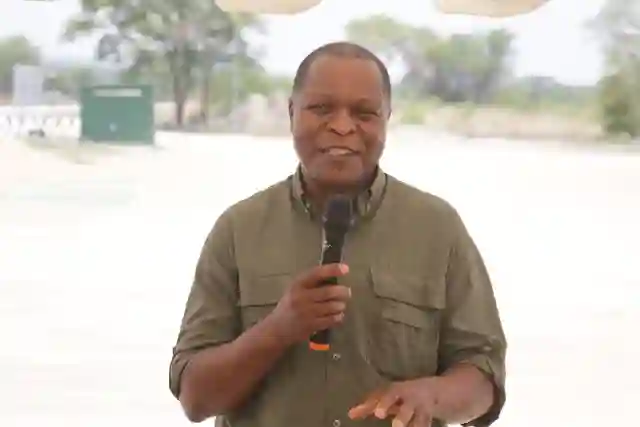Newly-elected Chamber of Mines of Zimbabwe president Thomas Gono (TM) has said his main priority is to address issues that undermine mining operations’ viability, such as power shortages and foreign exchange constraints that have resulted in output declines in the first half of 2023.
In a recent interview with Zimbabwe Independent’s business editor, Mthandazo Nyoni, during which he discussed his immediate and medium to long-term goals for the mining industry, Gono said he plans to engage with the government and national power utility Zesa Holdings to guarantee mining operations adequate power at competitive electricity tariffs and adequate foreign currency for operation and capital expenditures. We present excerpts from the interview:
MN: What pressing issues do you intend to address right away?
TG: The main issues undermining mining industry viability are power shortages and foreign exchange constraints. In the first half of 2023, most minerals recorded declines in output due to these challenges. Mining companies experienced regular and prolonged power outages during the first half of the year, resulting in production disruptions and output losses.
Further, foreign currency retentions have been under pressure from emerging demands including payment of electricity bills wholly in foreign currency.
Most suppliers of goods and services are now demanding payments exclusively in foreign currency. With most companies undertaking expansion projects, the available foreign currency is now inadequate to meet both the operation and Capex (capital expenditure) requirements. It is in this regard that the chamber will continue engaging government and authorities for adequate foreign currency that meets operational requirements and expansion needs of mining companies. We will also engage (national power utility Zesa Holdings to guarantee mining operations adequate power at competitive electricity tariffs.
MN: Tell us more about challenges confronting the mining sector, besides the issues that you have mentioned
TG: Apart from foreign exchange and power constraints, the potential of the mining industry is also undermined by capital shortages, high-costs structures characterised by high electricity tariffs, high interest rates and suboptimal royalties specifically for platinum, diamond and lithium operations.
MN: How much did the mining industry spend last year on expansion and new projects? How much do they intend to invest this year?
TG: According to the state of the mining industry survey report released in November last year, most mining companies were undertaking expansion projects. They further indicated that they were planning to increase their level of capital expenditure amounting to US$1,02 billion this year.
MN: Are mining companies making progress on investments into green energy? If so, what kind of impact can we anticipate from these investments?
TG: Mining companies have generally embraced green energy. A number of large mining operations have invested in alternative power sources such as solar energy. One major project that comes to my mind is the Caledonia (Blanket Mine) solar plant, which is now supplementing their power requirements with an additional 30 megawatts. Other companies such as Zimplats have similar plans, and are embarking on the same.
MN: In terms of mineral sales and earnings, how did the industry fare in the first five months of this year? How do the figures compare to those from the same period last year?
TG: Mineral exports for the period January to May 2023 were US$2,25 billion, compared to US$2,32 billion in the same period in 2022.
MN: Which sector contributed the most?
TG: Gold exports accounted for the largest share of mineral earnings in the first five months of the year, at 35% of the total.
MN: What is your end-of-year outlook for the industry?
TG: The outlook for the rest of the year is positive. With the power situation having generally improved following the synchronisation of Hwange Unit 7 and 8, we believe that most mining companies will increase production and meet their annual targets.
Gono added that Zimbabwe’s formal mining industry employs at least 53,000 people, with the number expected to exceed 70,000 in the next five years due to ongoing expansion and new projects. The artisanal and small-scale mining sector is believed to employ at least 500,000 people, indirectly supporting approximately 2.8 million people who depend on mining income for their survival.
Zimbabwe has set a target to achieve a US$12 billion mining sector by the end of 2023. However, the industry has encountered various challenges such as power shortages and mineral leakage, which have hindered its growth. Despite these obstacles, the mining sector remains one of the major revenue earners for Zimbabwe, highlighting its importance to the country’s economy.

